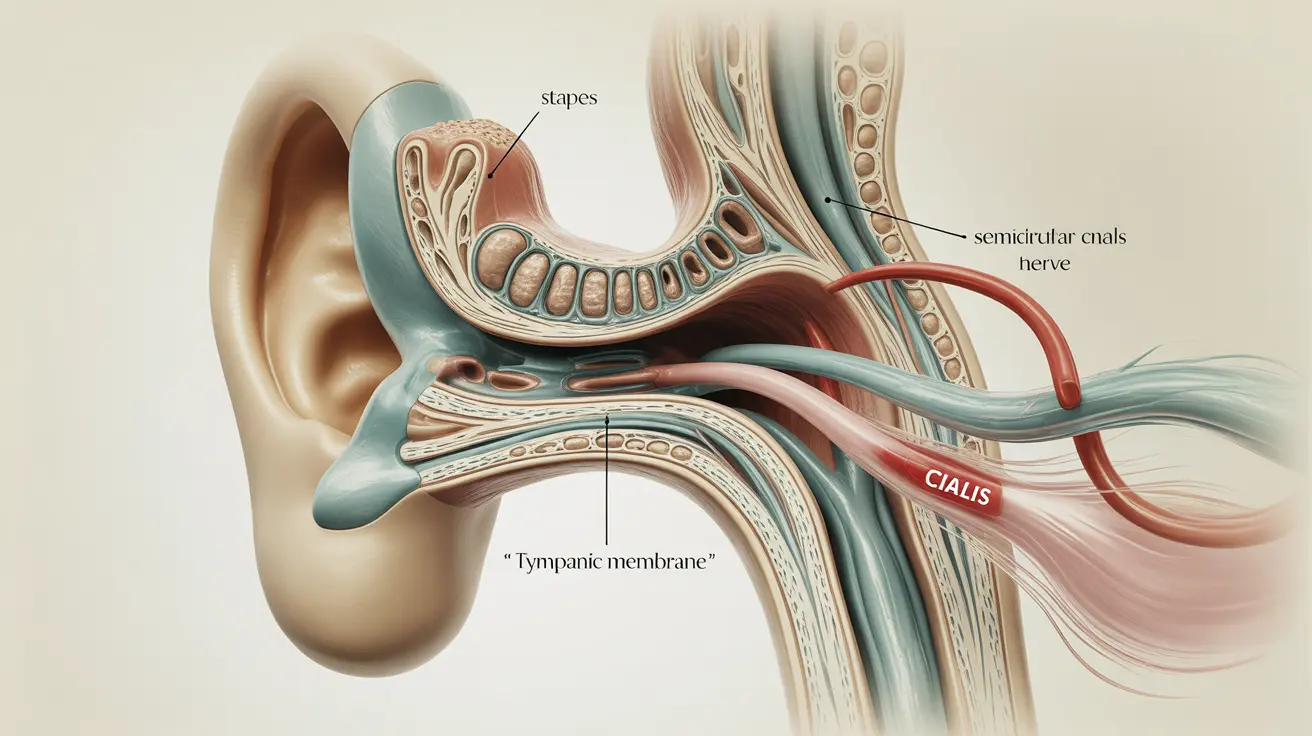Pull-ups stand as one of the most challenging and rewarding bodyweight exercises, offering a comprehensive workout that transforms both physical strength and mental resilience. Whether you're a fitness enthusiast or just beginning your strength training journey, understanding the power of pull-ups can revolutionize your approach to upper body conditioning.
This comprehensive guide will explore the incredible benefits, techniques, and strategies for mastering pull-ups, helping you unlock your body's full potential through one of the most effective compound exercises available.
Why Pull-Ups Are a Game-Changing Exercise
Pull-ups are more than just a test of upper body strength – they're a holistic fitness challenge that engages multiple muscle groups simultaneously. Unlike isolated exercises, pull-ups require you to lift your entire body weight, creating an intense and efficient workout that delivers remarkable results across physical and mental domains.
Comprehensive Muscle Engagement
When performing a pull-up, you're not just working one muscle group, but creating a full upper body symphony. The primary muscles activated include:
- Latissimus dorsi (back muscles)
- Biceps
- Shoulders
- Forearms
- Core stabilizer muscles
Significant Health and Fitness Benefits
Regular pull-up practice offers numerous health advantages that extend far beyond muscle development. Research suggests that consistent pull-up training can:
- Enhance overall body strength
- Improve grip strength
- Support bone density development
- Boost cardiovascular health
- Potentially reduce visceral fat
- Help manage metabolic conditions like type 2 diabetes
- Lower resting blood pressure
Mastering Pull-Up Techniques for All Fitness Levels
Pull-ups might seem intimidating, but with the right approach, they're accessible to virtually everyone. The key is understanding proper technique and implementing progressive training strategies.
Beginner-Friendly Pull-Up Strategies
If you're new to pull-ups, don't get discouraged. These strategies can help you build the necessary strength:
- Start with bar hangs to develop grip and shoulder stability
- Use assisted pull-up machines at the gym
- Practice negative pull-ups (lowering yourself slowly from the top position)
- Incorporate resistance band assistance
Advanced Pull-Up Variations
For experienced athletes looking to challenge themselves, these variations can take your workout to the next level:
- Weighted pull-ups using a belt or vest
- One-handed pull-ups
- Strict form pull-ups with controlled, slow movements
- Explosive pull-ups with a clap at the top of the movement
Integrating Pull-Ups into Your Fitness Routine
To maximize benefits, aim to incorporate pull-ups 2-3 times per week, allowing sufficient recovery between sessions. Always listen to your body and progress gradually to prevent injury.
Complementary Exercises
Enhance your pull-up performance by combining them with complementary exercises such as:
- Push-ups
- Chin-ups
- Tricep extensions
- Bicep curls
- Core strengthening movements
Frequently Asked Questions
What are the main health benefits of doing pull-ups regularly?
Pull-ups offer comprehensive health benefits, including increased upper body strength, improved muscle definition, enhanced grip strength, better cardiovascular health, and potential metabolic improvements. They also contribute to mental well-being by boosting confidence and reducing stress.
How can beginners start doing pull-ups safely and effectively?
Beginners should start with assisted techniques like resistance bands, pull-up machines, or negative pull-ups. Focus on building foundational strength through consistent practice, proper form, and gradual progression. Consider working with a fitness professional to develop a personalized training strategy.
What muscles do pull-ups work compared to other upper body exercises?
Pull-ups are a compound exercise targeting multiple muscle groups simultaneously, including the back, biceps, shoulders, and core. Unlike isolated exercises like bicep curls, pull-ups engage more muscle groups and provide a more comprehensive strength-building workout.
Can pull-ups help reduce back pain and improve posture?
When performed with proper form, pull-ups can strengthen back muscles, improve core stability, and potentially alleviate certain types of back pain. However, individuals with existing back conditions should consult a healthcare professional before starting any new exercise regimen.
What are the best advanced pull-up variations to challenge experienced athletes?
Advanced variations include weighted pull-ups, one-handed pull-ups, explosive pull-ups, and strict form pull-ups with extremely slow, controlled movements. These techniques challenge muscle endurance, strength, and overall athletic performance.
Remember, fitness is a journey of continuous learning and improvement. Embrace the challenge, stay consistent, and watch as pull-ups transform your strength and confidence.




